The field of ophthalmology has experienced remarkable advancements over the past few decades, particularly in the area of eye disease diagnosis. With the rise of mobile technology, doctors now have access to a diverse range of apps that aid them in scanning and diagnosing various eye conditions more efficiently and accurately than ever before.
In this article, we will explore six innovative apps that are transforming the way doctors diagnose eye diseases. Additionally, we will touch upon the role of LASIK eye surgery, a groundbreaking procedure that has helped countless patients improve their vision and quality of life.
OptoMap UltraWidefield Retinal Imaging System
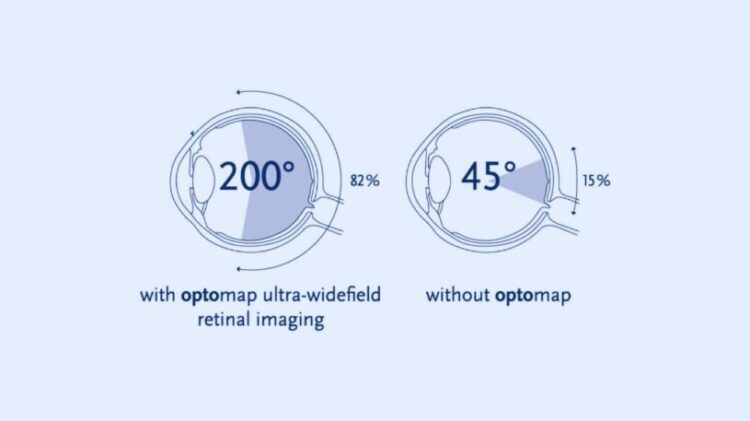
OptoMap UltraWidefield Retinal Imaging System is an app that enables doctors to capture high-resolution images of the entire retina in a single scan.
This non-invasive technology provides an impressive 200-degree view of the retina, allowing doctors to detect and diagnose eye diseases such as diabetic retinopathy, age-related macular degeneration (AMD), and glaucoma with greater accuracy.
The app’s ability to capture a wide field of view in one scan significantly reduces the time needed for evaluation and enhances the overall diagnostic process.
Eye Handbook
Eye Handbook is a comprehensive app designed to assist doctors in accessing a vast database of eye-related information and clinical tools. The app offers a multitude of features, including an extensive library of ocular images, diagnostic and treatment guidelines, and patient education materials.
They can use this app to compare their patient’s condition with thousands of archived images, enabling them to make well-informed decisions about treatment plans and referrals. This handbook has become an indispensable tool for doctors seeking to provide the highest standard of care to their patients.
D-EYE Retina
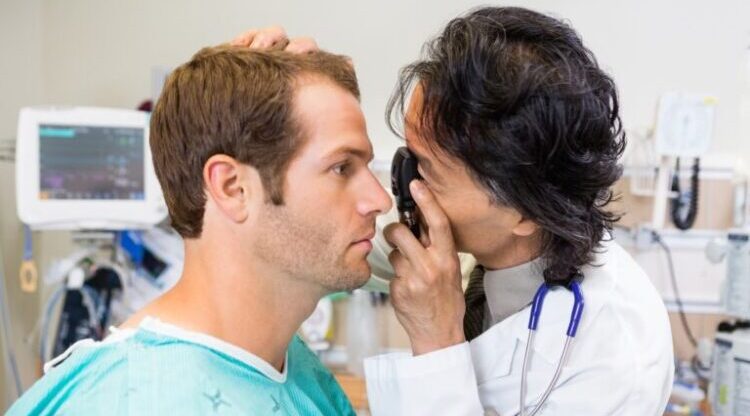
D-EYE Retina is a portable ophthalmoscope attachment that can be coupled with a smartphone. This innovative device enables doctors to conduct retinal examinations quickly and efficiently, even outside a traditional clinical setting.
The app captures high-resolution images of the retina, which can then be shared with specialists for further assessment and diagnosis. By using D-EYE Retina, doctors can diagnose conditions like retinal detachments, macular degeneration, and diabetic eye disease promptly, leading to early intervention and improved patient outcomes.
Visual Fields Easy
Visual Fields Easy is an app that facilitates the assessment of visual field defects, a critical component in the diagnosis of glaucoma and other optic nerve-related conditions. With this app, eye doctors can perform visual field testing on their mobile devices or tablets, reducing the need for specialized equipment and space.
Visual Fields Easy employs advanced algorithms to analyze the data, providing doctors with detailed reports that aid in diagnosing and monitoring eye diseases. The seamless usability and unparalleled precision render it an indispensable asset for any contemporary ophthalmology practice.
Peek Retina
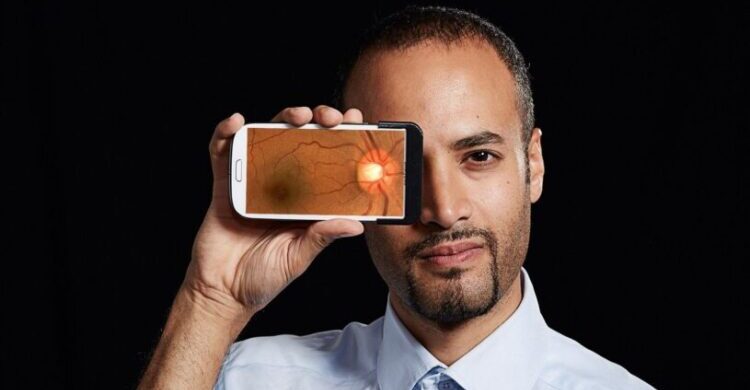
Peek Retina is an app specifically designed for use in developing regions with limited access to eye care services. The app transforms compatible smartphones into retinal cameras, allowing doctors to capture and assess retinal images with ease.
Peek Retina is especially valuable in screening for conditions like diabetic retinopathy and glaucoma, enabling early detection and timely intervention. This app has the potential to revolutionize care in underserved communities by empowering healthcare providers with the means to diagnose and manage eye diseases effectively.
VisualDX
VisualDX harnesses the potential of artificial intelligence and machine learning to aid eye doctors in tackling intricate eye conditions with greater confidence and efficiency. The app contains a vast database of images and clinical data, covering a wide range of eye diseases and conditions.
Eye doctors can input specific symptoms and findings, and the app generates a list of possible diagnoses, along with visual references for comparison. VisualDX enhances diagnostic accuracy, helps avoid misdiagnoses, and contributes to better patient outcomes.
Benefits of Using These Apps
The use of apps by eye doctors for scanning and diagnosing eye diseases offers several significant benefits, contributing to enhanced patient care and improved outcomes. Here are some of the key advantages:
Early Detection
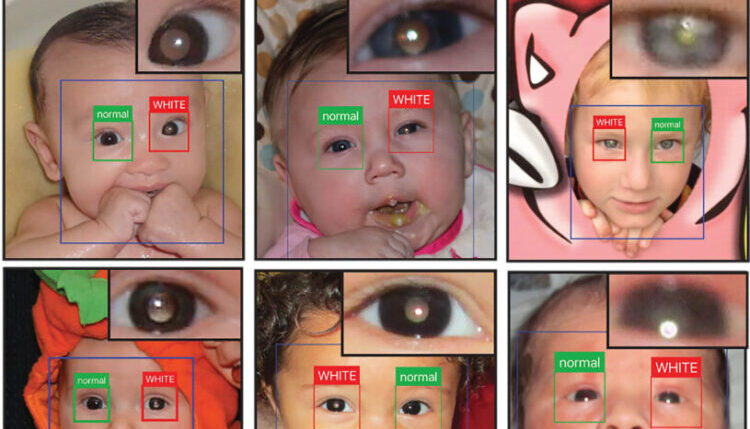
These apps enable eye doctors to identify eye diseases at an early stage when they may be asymptomatic or have subtle symptoms. Early detection allows for timely intervention and treatment, preventing the progression of the disease and minimizing potential complications.
Improved Accuracy
The apps utilize advanced imaging and analysis technologies, providing eye doctors with precise and detailed information about the patient’s eye health. This accuracy aids in making more informed diagnoses and treatment decisions.
Efficient Diagnosis
With the help of these apps, eye doctors can streamline the diagnostic process. The ability to capture, store, and share images easily allows for faster assessment and collaboration with specialists if necessary, reducing the time to diagnosis.
Better Patient Engagement: These apps often come with patient education materials and visual references that help doctors explain the diagnosis and treatment plans more effectively to their patients. Enhanced patient engagement leads to improved compliance and better treatment outcomes.
Accessible and Portable
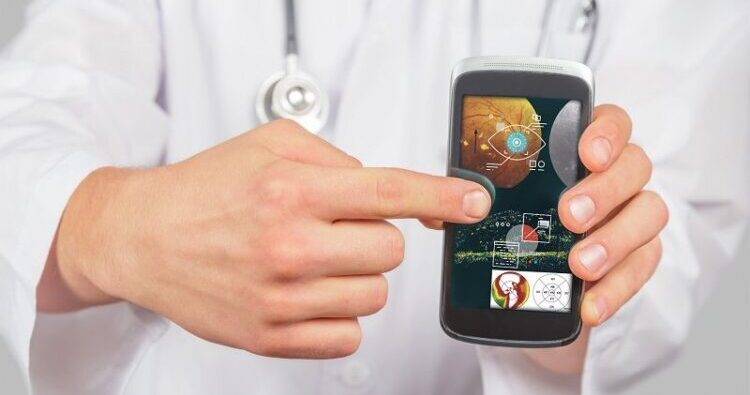
Many of these apps can be installed on mobile devices, making them highly portable. This portability facilitates eye examinations in remote or underserved areas, providing access to quality eye care to a more extensive patient population.
Cost-Effective
Traditional diagnostic equipment for some diseases can be expensive. These apps offer cost-effective alternatives, as they often require minimal hardware or utilize existing smartphone cameras, reducing the need for additional expensive equipment.
Monitoring Progression
The apps enable eye doctors to capture images and track changes in eye conditions over time. Regular monitoring of eye diseases allows for more proactive management and adjustment of treatment plans as needed.
The Role of LASIK Eye Surgery
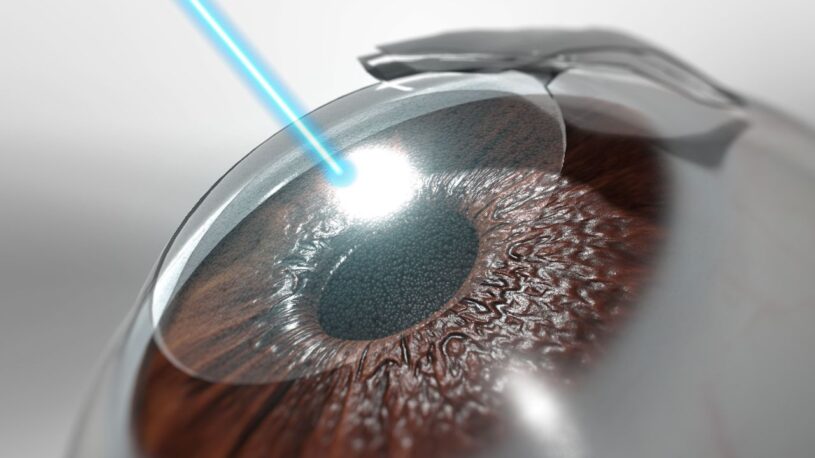
While the mentioned apps have brought significant advancements in the diagnosis of eye diseases, LASIK eye surgery stands as a transformative procedure that has positively impacted the lives of countless individuals plagued by refractive vision issues. LASIK is a minimally invasive intervention specifically designed to correct refractive errors like myopia and hyperopia.
This innovative procedure employs a precise laser to reshape the cornea, optimizing the way light enters the eye and ensuring it focuses correctly on the retina. As a result, patients achieve clearer vision without having to rely on glasses or contact lenses.
One of the most remarkable aspects of LASIK is its efficiency. The surgery typically takes only a few minutes per eye and is painless, leading to an almost immediate improvement in vision for most patients. Furthermore, the recovery period is relatively short. With an impressive success rate, the majority of LASIK patients achieve 20/20 vision or even better.
Conclusion
The integration of technology in ophthalmology has opened up new possibilities for eye doctors, enabling them to diagnose and manage eye diseases with greater precision and efficiency. The six apps discussed in this article represent just a fraction of the technological advancement transforming the field of eye care.
Moreover, the revolutionary LASIK eye surgery has offered a life-changing solution to individuals seeking freedom from glasses and contact lenses. As technology continues to evolve, eye doctors will likely have even more powerful tools at their disposal, ultimately leading to improved patient care and outcomes in the world of ophthalmology.
